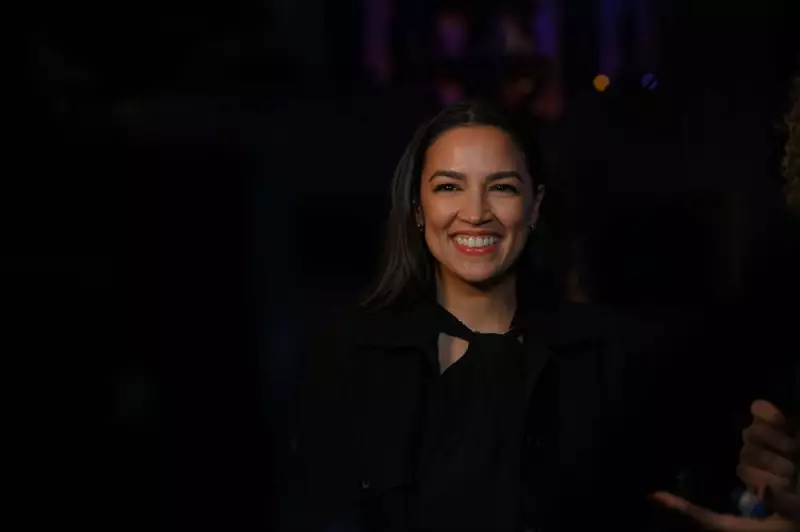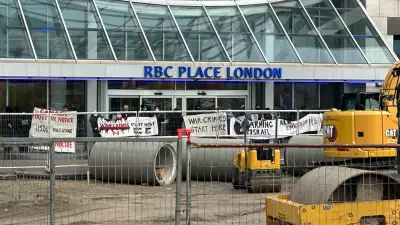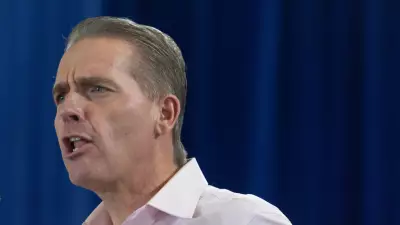
Political analyst Victor Davis Hanson has offered a comprehensive assessment of Democratic strategies following the 2025 off-year elections, examining what he describes as a deliberate chaos approach that continues to influence American politics.
The Chaos Strategy in Action
According to Hanson's analysis published in November 2025, Democratic tactics involve creating sufficient turmoil and negative media coverage that the general public struggles to process the overwhelming volume of information. This strategy, he argues, leads voters to blame the current administration under President Donald Trump for the resulting confusion and upheaval.
The daily landscape during Trump's first year featured constant disruptions, including campus protests, Tesla vehicle firebombings, street violence targeting ICE operations, and controversial judicial injunctions from district judges. These events gained additional momentum through what Hanson characterizes as extreme statements from prominent Democratic figures including Alexandria Ocasio-Cortez, Jasmine Crockett, Eric Swalwell, and other members of the progressive Squad.
Targeting Key Voting Blocs
Hanson identifies specific demographic targeting within the Democratic approach. The pre-election government shutdown, he suggests, was strategically designed to mobilize crucial constituencies during a low-turnout election period. This tactic particularly focused on two groups: government employees affected by layoffs and payment disruptions, and recipients of entitlement programs concerned about potential benefit interruptions.
Both groups demonstrated disproportionately high turnout in key states including Virginia and New Jersey during the recent elections. Hanson notes that Democrats would likely resolve the shutdown promptly once the initial political advantages began to diminish.
The analysis also highlights shifting patterns among Hispanic voters, who had shown significant support for Trump in the 2024 election but appeared to be returning to Democratic preferences in many counties during the 2025 contests. Hanson attributes this shift to effective messaging around immigration enforcement, despite what he describes as misleading characterizations of ICE operations.
Communication Challenges and Policy Timelines
Hanson identifies a significant communication gap in the current political landscape. The Trump administration, he argues, has insufficiently highlighted positive economic indicators and foreign policy achievements, including GDP growth, controlled inflation levels, substantial foreign investment, and stabilized conditions in the Middle East and other global hotspots.
Instead of focusing on these accomplishments, media attention often centers on what Hanson characterizes as secondary issues, including presidential commentary about former FBI Director James Comey and New York Attorney General Letitia James, or remarks about international neighbors including Canada.
The political analyst emphasizes that many administration initiatives, while potentially beneficial long-term, require time to demonstrate tangible results. Major foreign investments may need one to two years to generate employment opportunities, while deportation programs, energy production expansion, federal workforce adjustments, deregulation efforts, and emerging technology development all represent gradual processes rather than immediate solutions.
The Transformed Political Landscape
Hanson's analysis concludes with a stark assessment of the contemporary Democratic Party, which he describes as having transformed into an unapologetically neo-socialist movement. Within this context, traditional political advertising and scandal-based approaches prove increasingly ineffective, as voter priorities shift toward ideological alignment rather than conventional political qualifications.
Republicans face the challenge of responding to these evolving political dynamics while maintaining focus on economic issues that ultimately determine electoral outcomes. Hanson references historical precedent, noting that even Ronald Reagan trailed Walter Mondale in some polls following the 1984 convention, before strong economic growth secured his decisive victory.
With one year remaining before the midterm elections, Hanson suggests that Republicans must carefully analyze the 2025 results, understand the nature of contemporary left-wing politics, recognize the changing preferences of swing voters, and consistently emphasize economic performance. The political clock, he warns, continues to advance steadily.





